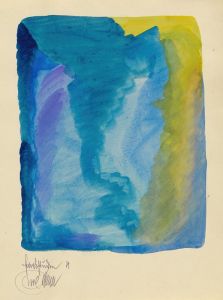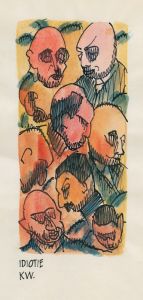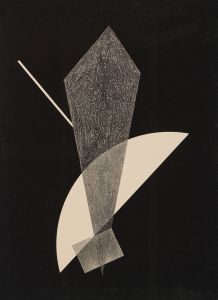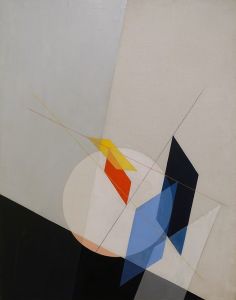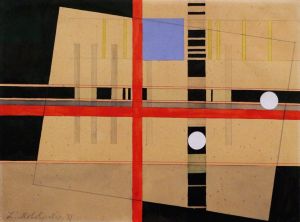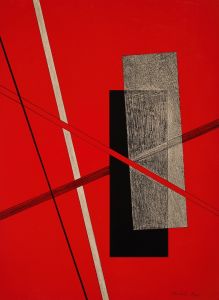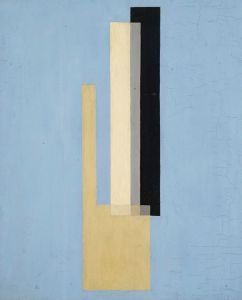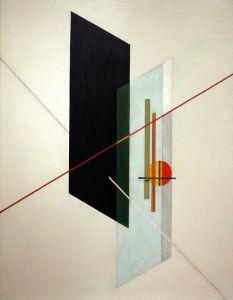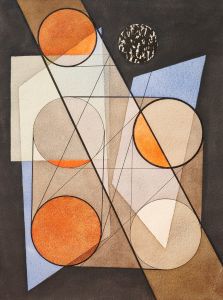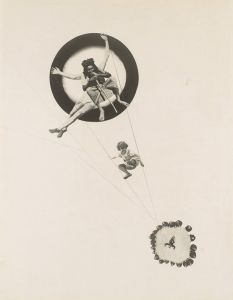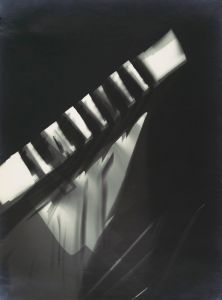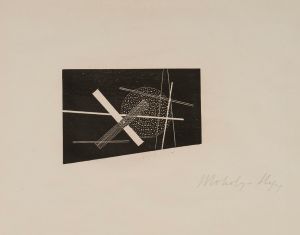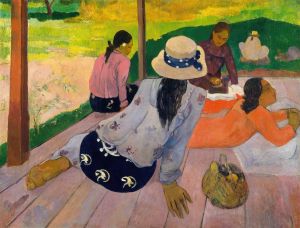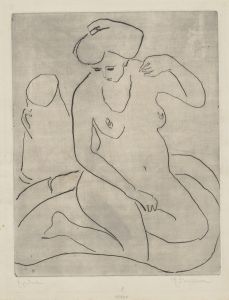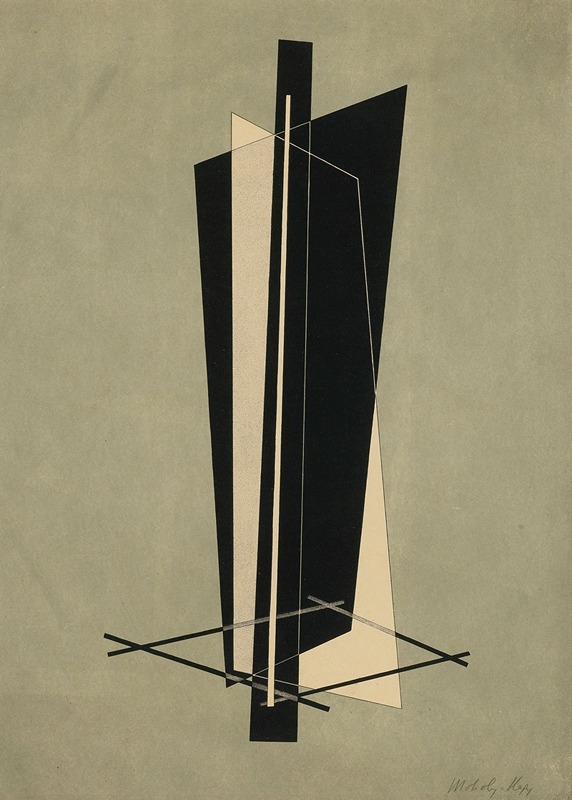
Kestnermappe; Komposition
A hand-painted replica of László Moholy-Nagy’s masterpiece Kestnermappe; Komposition, meticulously crafted by professional artists to capture the true essence of the original. Each piece is created with museum-quality canvas and rare mineral pigments, carefully painted by experienced artists with delicate brushstrokes and rich, layered colors to perfectly recreate the texture of the original artwork. Unlike machine-printed reproductions, this hand-painted version brings the painting to life, infused with the artist’s emotions and skill in every stroke. Whether for personal collection or home decoration, it instantly elevates the artistic atmosphere of any space.
László Moholy-Nagy was a Hungarian painter and photographer, as well as a professor in the Bauhaus school. He was highly influential in the fields of constructivism and modern art. One of his notable works is "Kestnermappe; Komposition," which is part of a series of lithographs created in 1923.
"Kestnermappe; Komposition" is a significant example of Moholy-Nagy's exploration of geometric abstraction and his interest in the interplay of form and space. The work is characterized by its use of simple geometric shapes, such as circles, lines, and rectangles, arranged in a dynamic composition that reflects the principles of constructivism. The lithograph is printed in black and white, emphasizing the contrast and balance between the different elements.
This piece was part of the "Kestnermappe" portfolio, which was published by the Kestner-Gesellschaft, an art society based in Hanover, Germany. The portfolio included works by various avant-garde artists of the time, showcasing the diversity and innovation of contemporary art movements. Moholy-Nagy's contribution to this portfolio highlights his role as a key figure in the development of abstract art during the early 20th century.
Moholy-Nagy's work in "Kestnermappe; Komposition" reflects his broader artistic philosophy, which sought to integrate art, technology, and industry. He believed that art should be accessible and relevant to modern life, and his use of industrial materials and techniques was a testament to this belief. The clean lines and precise forms in "Kestnermappe; Komposition" demonstrate his commitment to creating art that was both aesthetically pleasing and intellectually stimulating.
In addition to his work as an artist, Moholy-Nagy was also a prolific writer and educator. His teachings at the Bauhaus school, where he worked alongside other prominent artists such as Walter Gropius and Paul Klee, had a lasting impact on the development of modern art and design. His ideas about the integration of art and technology continue to influence contemporary art practices.
"Kestnermappe; Komposition" is an important work in Moholy-Nagy's oeuvre, as it encapsulates many of the themes and techniques that he explored throughout his career. The lithograph is a testament to his innovative approach to art-making and his commitment to pushing the boundaries of traditional artistic practices. Today, Moholy-Nagy is remembered as a pioneer of modern art, and his work continues to be celebrated for its visionary approach and enduring relevance.





